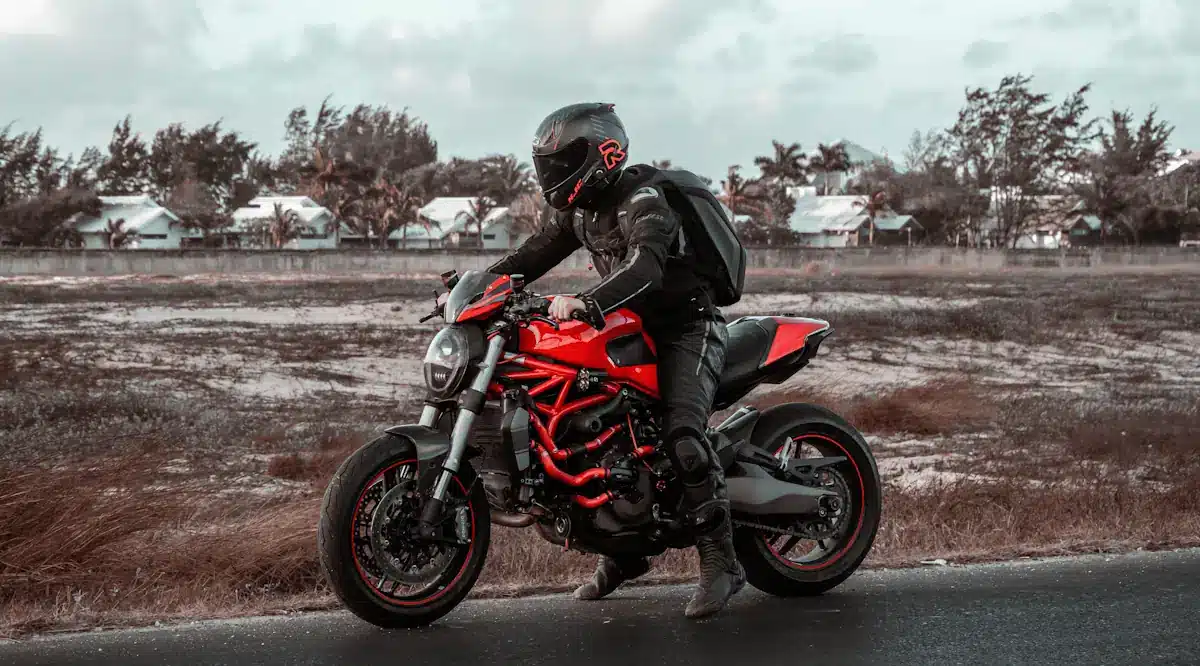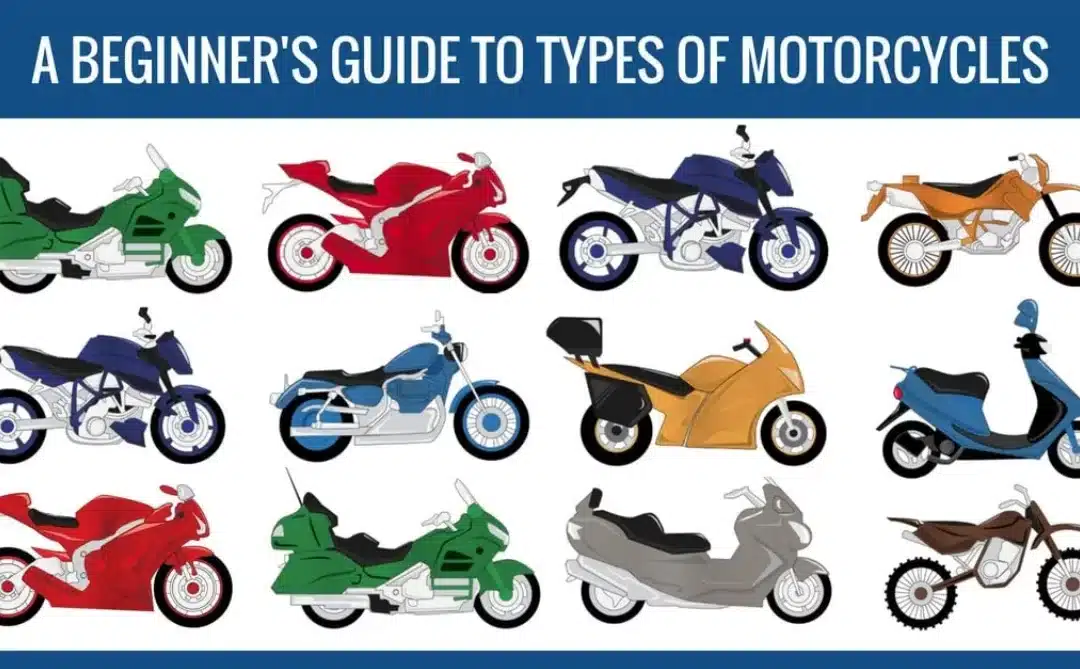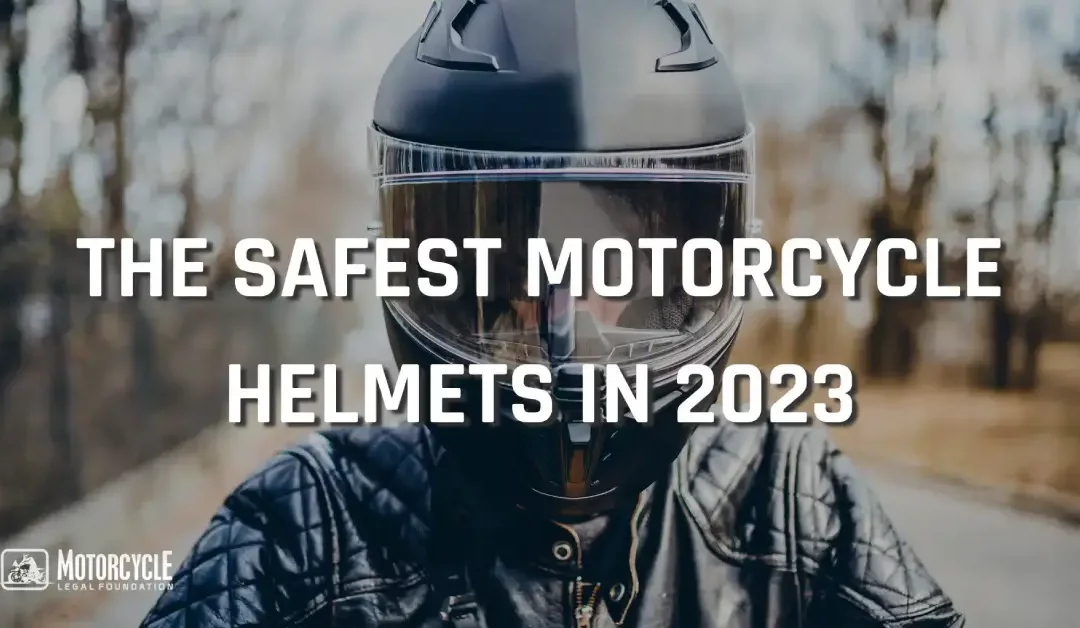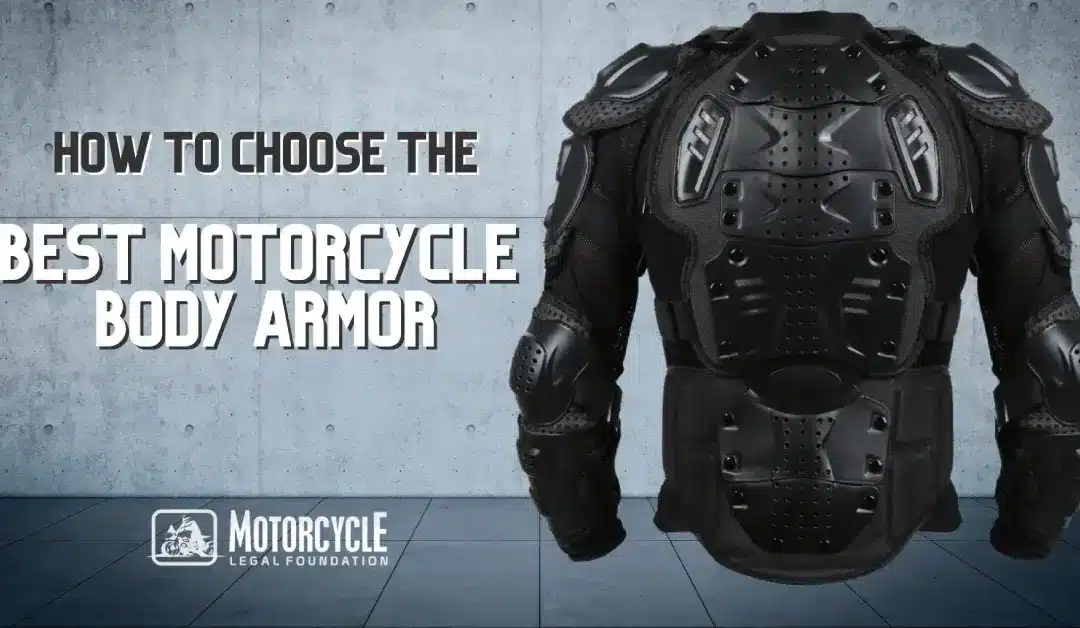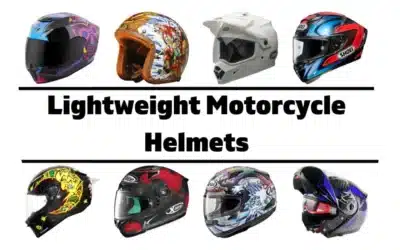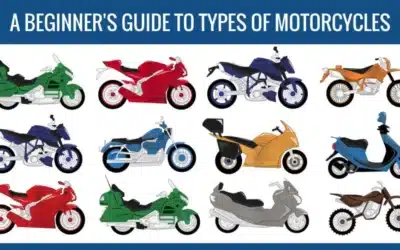All motorcycle riders should take precautions when riding in any weather conditions. Motorcycles are smaller than the other vehicles on the road and are often overlooked. In a perfect world, riders, as well as other motorists, would be responsible and focus completely on the road. This is not a perfect world and riders must take special precautions. They need to pay attention to everything around them when riding, especially other motorists.
It is important that all riders gear up properly before getting in the wind. There is a great deal of controversy over helmet laws and in certain states that is the rider’s choice. Consider what would happen to loved ones in the event of a motorcycle crash. That being said, one of the most dangerous times to ride is in the rain, even light rain.
#1 Be Aware of Reduced Traction
Keep in mind that regardless of the condition of the motorcycle’s tires, rider traction is greatly reduced in the rain. It is important to note that even light rain can create dangerous road conditions. Any kind of moisture effectively brings all of the oil to the surface of the pavement making it nearly as slick as ice.
#2 Increased Braking Distance
Always, without fail, reduce speed in the rain and allow for increased braking distance. As mentioned, tires do not have as much traction on wet pavement therefore it is best to avoid Hail Mary turns. Nothing is worth dying for. Go on down the road a piece and turn around or take another route. Be sure to pay close attention to standing water on roadways. Not only will puddles cause riders to skid, but there may also be gravel or debris lying below the surface. While some of these risks can be mitigated with an ABS system, it is still best to take extra precautions.
#3 Hit Rest Stops during Decreased Visibility
Pull over in a safe location and take a break, if the rain is coming down in sheets. Rider visibility is greatly reduced in monsoon-like weather, especially at night. Goggles and face shields will likely fog in all wet weather unless these are treated with anti-fog coatings. It is also nearly impossible for other drivers to see motorcycles, or anything else for that matter when sheets of rain are coming down.
#4 Gear Up
Proper riding gear is one of, if not the, most effective precautionary measures bike motorists can take. Ideal material for jackets, pants, and other clothing should be windproof, breathable, and be waterproof, or at the very least, water-resistant. Most materials that encompass all three of these qualities are also durable, yet lightweight as well as tear-resistant. IT can also be worth investing in a helmet with an anti-fog system, or other additional safety features.
#5 Boy Scout Riders
Keep rain riding gear in saddlebags or, if necessary, use a bungee cord to safely strap it to the bike. Choose gear that is made of bright colors to ensure increased visibility for other motorists. Try to gear up for rain before the monsoon strikes. Purchase a small, waterproof box to place important items such as wallets into. If heavy fog or rain develops, use four-way flashers or strongly consider pulling over.
#6 Hidden Obstacles
Again, allow for increased braking distance and pay close attention to the road. Any paint or uneven pavement is extremely hazardous. Carefully watch for any potholes or manhole covers. It is important to begin braking in the rain well in advance of any stop. Always apply brakes in a slow and steady manner and apply them on a periodic basis to ensure they are clear of mud or debris. This last tip also alerts other individuals on the roadway to the bike’s position.
#7 Inspection Protection
It is better not to ride in the rain; however, this is not always possible. This is why it is vital to be prepared in the event that a rainstorm occurs. Ensure that your motorcycle is optimally functional before riding in any weather, especially in the rain. This, of course, includes tires and brakes, but it is a good idea to perform a periodic inspection of your bike to make sure everything is working properly.
There are three main elements to keep in mind when considering riding in the rain. The first, which is fairly is simple, it is best not to unless it is absolutely necessary. The second is to check all riding gear from the helmet and clothes to the motorcycle. This is even if the local station claims that there are blue skies ahead. The third is to be vigilant while riding at all times, especially in wet weather.

The Most Durable Motorcycle Rain Gear
For durability, you should choose rainwear made of ripstop material. Ripstop fabric provides good protection from abrasion. This type of material can also reduce the risk of crevices, especially when compared to nylon and polyester-based materials. In addition, rainwear sealed with multi-layered seams enhances suits, jackets, or pants to provide greater durability.
See some of the best gear options you can get if you are planning to go for a ride in the rain:
Nelson-Rigg Stormrider Rain Suit
Nexgen LADIES MOTORCYCLE RIDING RAIN SUIT
Milwaukee Leather MPM9510 Men’s Black Water-Resistant Rain Suit
Joe Rocket Survivor Men’s Waterproof 1-Piece Motorcycle Riding Suit
Nelson Rigg Unisex-Adult WP-8000-BLK-06-3XL

